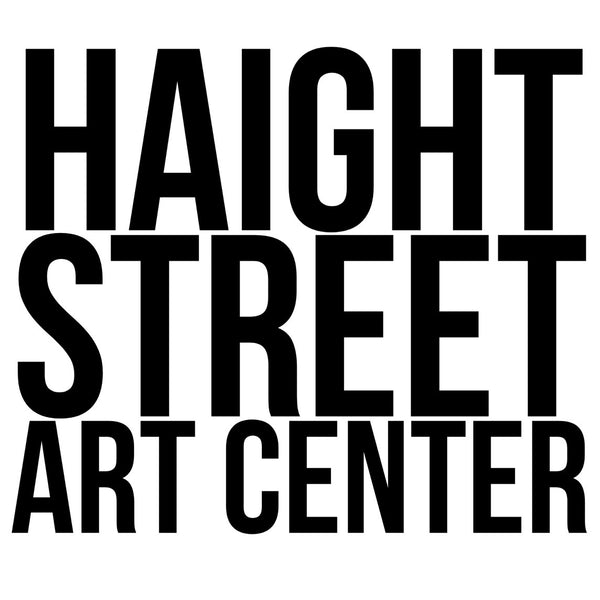Outdoor art exhibition open Aug 26 to Sep 30, 2020
View exhibition in the Community Garden at Laguna & Haight from 7am-9pm, Aug 26-Sep 30.
19th Amendment: 2020 Vision features the poster art of 22 women and non-binary artists. Their art celebrates the achievement of the suffragists, reflects on the complex and troubled history of the suffrage and voting rights movement in the United States, and points to a more hopeful future in which all people, especially those from marginalized communities, have full enfranchisement. Their responses are celebratory and critical; hopeful and righteous; poignant and powerful. Some allude to the posters and signs with which the suffragists protested in the 19th and early 20th centuries; some refer to more contemporary protest movements. Most look to the unfinished business of our democracy: the need for racial and socio-economic justice and an end to oppression due to gender and sexual orientation.
We are honored to pay tribute to the leaders who fought for the passage of the 19th Amendment and all the laws that followed that made its promise real. And we are grateful for the people in the streets and the courts still fighting for our country to deliver on that promise: that our vote and our voices matter, and can be the source of change for good.
